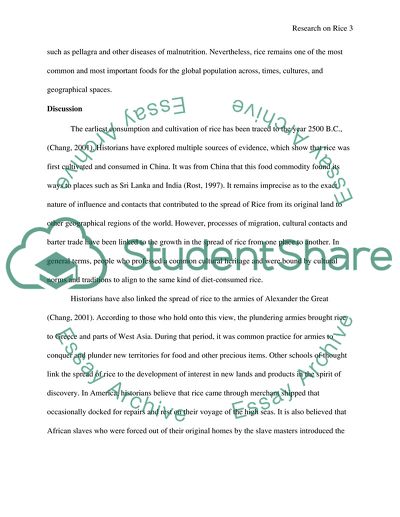Cite this document
(“Economical and Biological Importance of Rice Research Paper”, n.d.)
Economical and Biological Importance of Rice Research Paper. Retrieved from https://studentshare.org/biology/1783731-research-for-rice
Economical and Biological Importance of Rice Research Paper. Retrieved from https://studentshare.org/biology/1783731-research-for-rice
(Economical and Biological Importance of Rice Research Paper)
Economical and Biological Importance of Rice Research Paper. https://studentshare.org/biology/1783731-research-for-rice.
Economical and Biological Importance of Rice Research Paper. https://studentshare.org/biology/1783731-research-for-rice.
“Economical and Biological Importance of Rice Research Paper”, n.d. https://studentshare.org/biology/1783731-research-for-rice.


